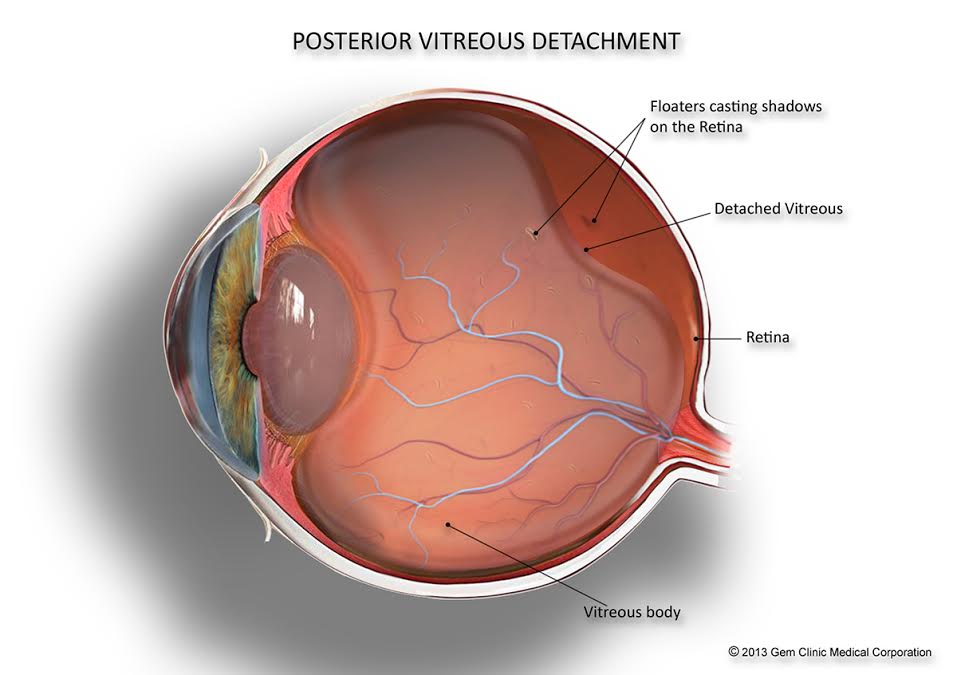Understanding the Various Vision Adjustment Procedures Available for Clearer View
In the realm of vision correction procedures, a multitude of choices exist to attend to refractive errors and offer people with more clear sight. Allow's explore the details of these treatments and shed light on the course to achieving enhanced vision clarity.
LASIK Surgery
LASIK surgery is an usual refractive procedure utilized to correct vision troubles such as farsightedness, nearsightedness, and astigmatism - glaucoma service near me. This surgical strategy, which means Laser-Assisted sitting Keratomileusis, aims to improve the cornea to improve just how light is concentrated on the retina, inevitably improving vision clarity. Throughout the procedure, a slim flap is produced on the cornea, and a laser is used to get rid of precise quantities of tissue to improve it appropriately. This reshaping enables light to be precisely focused onto the retina, fixing refractive errors.
One of the main advantages of LASIK surgery is the rapid improvement in vision experienced by clients. Overall, LASIK surgery is a popular option for individuals looking for a lasting solution for their vision problems.
PRK Procedure
While also a common refractive treatment, the PRK (Photorefractive Keratectomy) technique differs from LASIK surgery in its method to dealing with vision problems. In PRK, rather of creating a flap on the cornea, the outer layer of the cornea, called the epithelium, is totally gotten rid of. This enables the laser to improve the cornea to remedy refractive mistakes such as farsightedness, nearsightedness, and astigmatism straight on the surface.

Regardless of the longer recuperation time, PRK can generate outstanding lead to vision enhancement, making it a beneficial option for those that may not appropriate candidates for LASIK surgical procedure.
Implantable Lenses
In comparison to PRK where the cornea is improved straight, implantable lenses supply another method for correcting vision by inserting artificial lenses inside the eye. This procedure is especially helpful for people with high levels of astigmatism, farsightedness, or nearsightedness who may not be suitable prospects for laser surgical treatments like LASIK or PRK.
Implantable lenses, additionally understood as phakic intraocular lenses, work by supplementing the eye's natural lens with a synthetic one. refractive surgeries in al. These lenses can be positioned before the natural lens (former chamber) or behind the iris and before the all-natural lens (posterior chamber) By changing the power and positioning of these lenses, ophthalmologists can properly correct refractive mistakes and improve visual acuity
One benefit of implantable lenses is that they are removable and exchangeable, supplying adaptability for future adjustments. Nonetheless, just like any procedure, there are dangers involved, such as infection or cataract development. People thinking about implantable lenses should talk to an eye care expert to determine the most ideal option based on their private needs and eye health and wellness.
Corneal Rings
Corneal rings, additionally called intracorneal ring sections, are tiny, transparent devices placed right into the cornea to fix vision distortions such as keratoconus. Keratoconus is a problem where the cornea thins and protrudes exterior, creating vision to become altered. The insertion of corneal rings helps to squash the cornea, boosting aesthetic acuity and lowering the uneven astigmatism triggered by keratoconus.
The treatment for placing corneal rings is minimally invasive and fairly fast, commonly done as an outpatient treatment. During the surgical treatment, the ophthalmologist makes a small laceration in the cornea and inserts Our site the rings at a details deepness. Once in position, the rings assist to improve the cornea, providing a smoother surface area for light to get in the eye, which can cause more clear vision.
Corneal rings are considered a reversible treatment, as they can be eliminated or changed if necessary. refractive surgeries in al. While they may not completely eliminate the need for glasses or get in touch with lenses, corneal rings can considerably improve vision quality and general visual comfort for individuals with keratoconus or other corneal irregularities
Refractive Lens Exchange
Following the correction of corneal irregularities with treatments like corneal rings, an additional vision improvement method that can attend to refractive errors is Refractive Lens Exchange (RLE) RLE is an operation that includes replacing the eye's natural lens with an artificial intraocular lens (IOL) to correct refractive errors such as nearsightedness, farsightedness, and presbyopia. This treatment is specifically valuable for people that might not appropriate candidates for procedures like LASIK or PRK because of elements such as thin corneas or high refractive mistakes.

Verdict
In conclusion, there are various vision correction treatments readily available to aid individuals achieve more clear view. LASIK surgery, PRK treatment, implantable lenses, corneal rings, and refractive lens exchange are all choices that can address different vision issues.
In the world of vision modification procedures, a wide variety of choices exist to resolve you can try here refractive errors and provide people with clearer view.LASIK surgical procedure is an usual refractive treatment used to correct vision troubles such as nearsightedness, astigmatism, and farsightedness.While also an usual refractive procedure, the PRK (Photorefractive Keratectomy) technique differs from LASIK surgery in its technique to remedying vision problems.Adhering to the correction of corneal abnormalities with procedures like corneal rings, an additional vision adjustment technique that can deal with refractive mistakes is Refractive Lens Exchange (RLE) LASIK surgical treatment, PRK treatment, implantable lenses, corneal rings, and refractive lens have a peek at these guys exchange are all choices that can deal with different vision concerns.